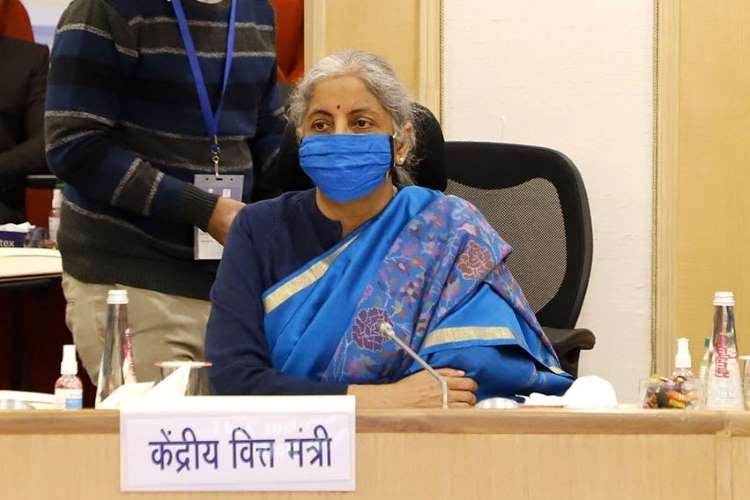Budget 2022 and the reforms agenda: Finance minister Nirmala Sitharaman is facing tremendous pressure as she prepares to present her fourth Union Budget on February 1, 2022. Economic activity has been gaining momentum in the last three quarters, but no one is sure if the pandemic headwinds will linger or not. Realising that societies may have to live with the virus, governments are focusing on vaccinating the population and adopting a calibrated response to the threat through intermittent localised mobility restrictions.
With close to 85% of the adult population in India vaccinated with at least one shot and vaccination of the younger population expected to start soon, there is confidence among consumers to spend freely. Strong pent-up demand for goods will have to be met by a rapid increase in capital spending which, in turn, will result in a stronger capital spending cycle with larger asset creation. Global economic recovery will lead to a pickup in exports.
READ I Indian economy 2022: Striving for self-sufficiency, equitable growth
Budget 2022 focus on growth push
As the private economy sets into a self-fulfilling cycle of recovery, the government’s role will be critical. A slew of reforms and policies such as production-linked incentive scheme, support to MSMEs through various schemes and digitisation were introduced in the last 18 months in response to the crisis.
Policies to reduce corporate tax rates and to support automobile and real estate sectors were announced before the pandemic to address structural issues faced by the industry and to reinvigorate private investment and hiring. The impact of all these policies is expected to kick in from the financial year 2022-23. These have stronger externalities on jobs and income and are expected to improve productivity and accelerate economic growth.
There is an expectation that the government will focus on implementing the policies announced so far and expedite the projects underway. To begin with, the government is likely to focus on increasing the share of capital investment, including in infrastructure, and frontload spending in the coming quarters. The other expectation would be raising capital for investments through asset monetisation. Efforts to meet the disinvestment target for FY 2021-22 is underway along with raising more capital from various sources.
READ I Union Budget 2022 may sidestep two-pillar solution
The other focus must be the ecosystem around jobs, income, and demand creation. India is a domestic-demand-driven economy and needs demand to sustainably pick up to help a strong recovery. This will require more jobs and employment opportunities to fatten consumers’ wallets. Since micro, small, and medium scale enterprises (MSMEs) are the biggest job creators of India, the government will have to emphasise on reviving the sector by boosting credit and providing targeted credit support to these enterprises.
Finally, the government will have to support the sectors that have been disproportionately impacted by the pandemic and where recovery is likely to be gradual due to uncertainties. Support to the travel and hospitality sector should be considered as they significantly contribute to the GDP and generate jobs.
The government must try a few out-of-the-box ideas or experiment with initiatives followed in other parts of the world. One such experiment could be of tourism sandboxes (followed in Thailand and Indonesia), and inviting fully-vaccinated foreign tourists to travel a limited area. Improvised service offerings could boost the hospitality sector. India must continue on the path of reform to ensure that it provides the required boost to the fragile recovery of private demand. The Union Budget 2022 should take some right steps in this direction.
(Dr Rumki Majumdar is Economist with Deloitte India.)

